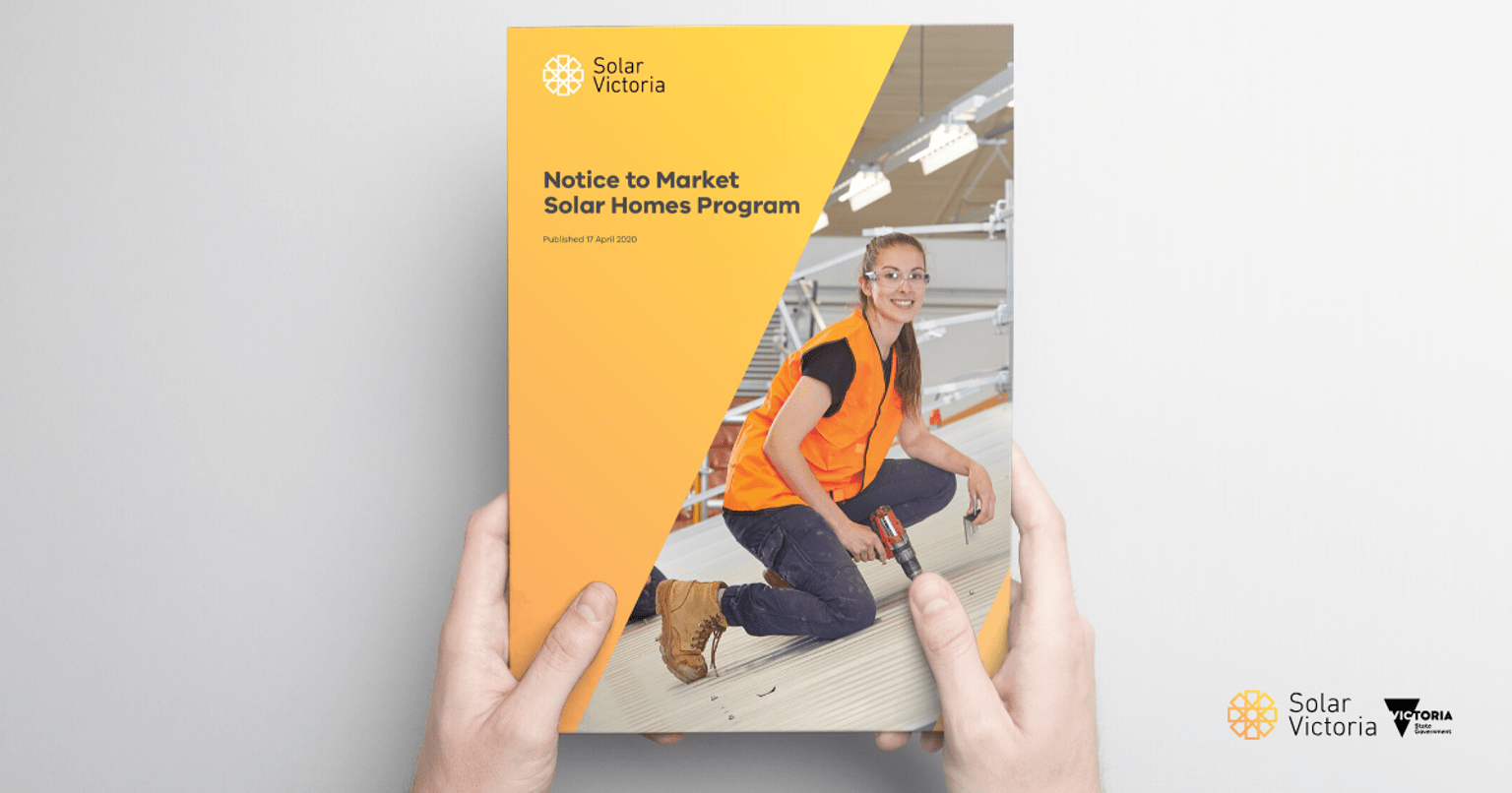About the Technology Guidelines
The Technology Guidelines outline how we will adopt technology over the life of the Solar Homes and Solar for Business Programs. They are outcomes-focused to ensure safety and quality of installations, optimise integration with the grid, and maximise the benefits of generation through innovation.
We will put the Technology Guidelines into action through the way we design our solar programs and the mandatory and recommended requirements we set, in consultation with industry, in Solar Victoria’s Notice to Market.
The Technology Guidelines will help ensure better outcomes for energy users by creating safety and quality benchmarks for program participants that exceed industry standards.
They detail how our solar programs promote innovation and send longer-term market signals to encourage investment across the wider industry. They show how Distributed Energy Resources (DER) will be integrated into Victoria’s electricity system of the future – acting collectively as the largest single player in the electricity market – while achieving increased solar safety, performance and grid stability.
The Technology Guidelines acknowledges at times ‘striking the right balance’ between competing stakeholder interests will be required and it aligns with Victoria’s Renewable Energy Roadmap and other Department of Energy, Environment and Climate Action initiatives.
Our priority areas and guiding principles
The Technology Guidelines commit us to three priority areas and nine guiding principles that will help steer the technology supported by the Solar Homes and Solar for Business Programs, towards smarter energy use and innovation to benefit all Victorians.
How we developed the guidelines
Solar Victoria formally consulted with key internal and external stakeholders in the development of the Technology Guidelines, not limited to:
- Australian Energy Market Operator
- Australian Renewable Energy Agency
- Energy Safe Victoria
- Clean Energy Council
- Smart Energy Council
- Energy Networks Australia
We also presented the key concepts of the Technology Guidelines within various industry forums.
Any feedback?
We welcome your feedback on the Technology Guidelines to further improve our programs and the shift to cleaner, more affordable energy for Victorians.
Please email your feedback to enquiries@team.solar.vic.gov.au with “Solar Victoria’s Technology Guidelines” in the subject line.
Updated




